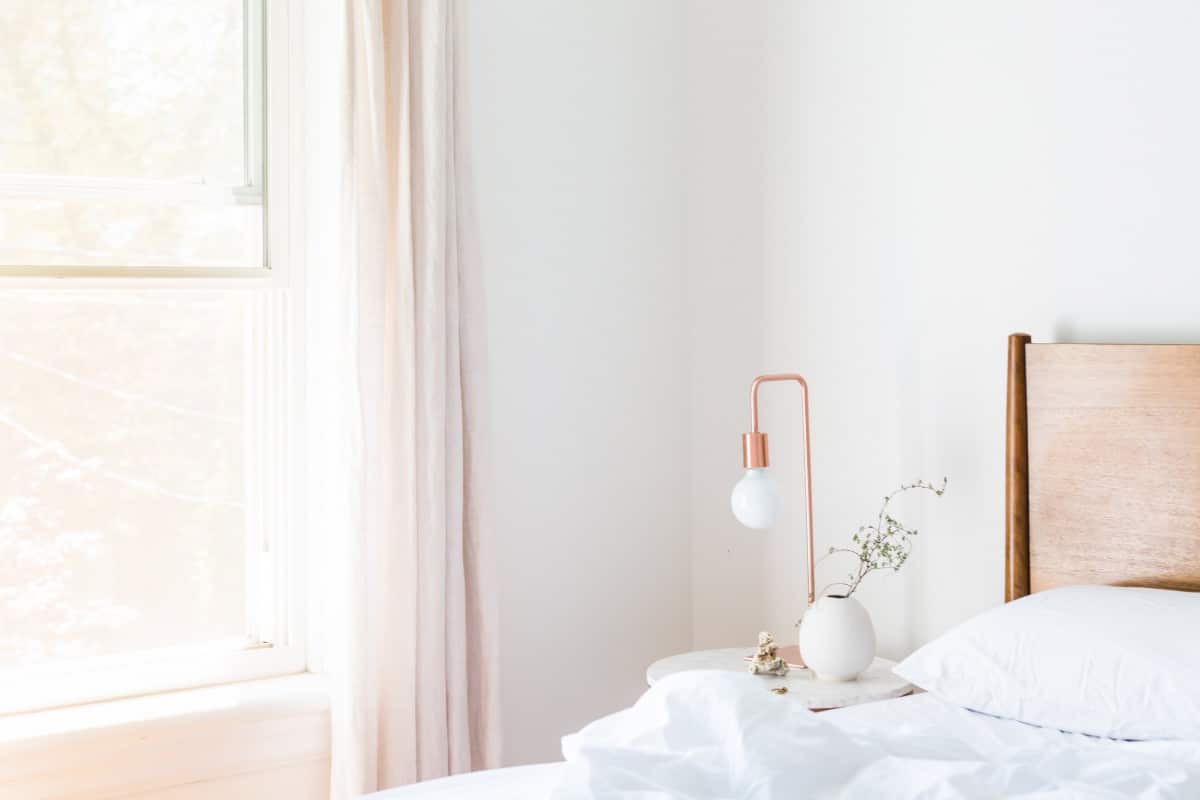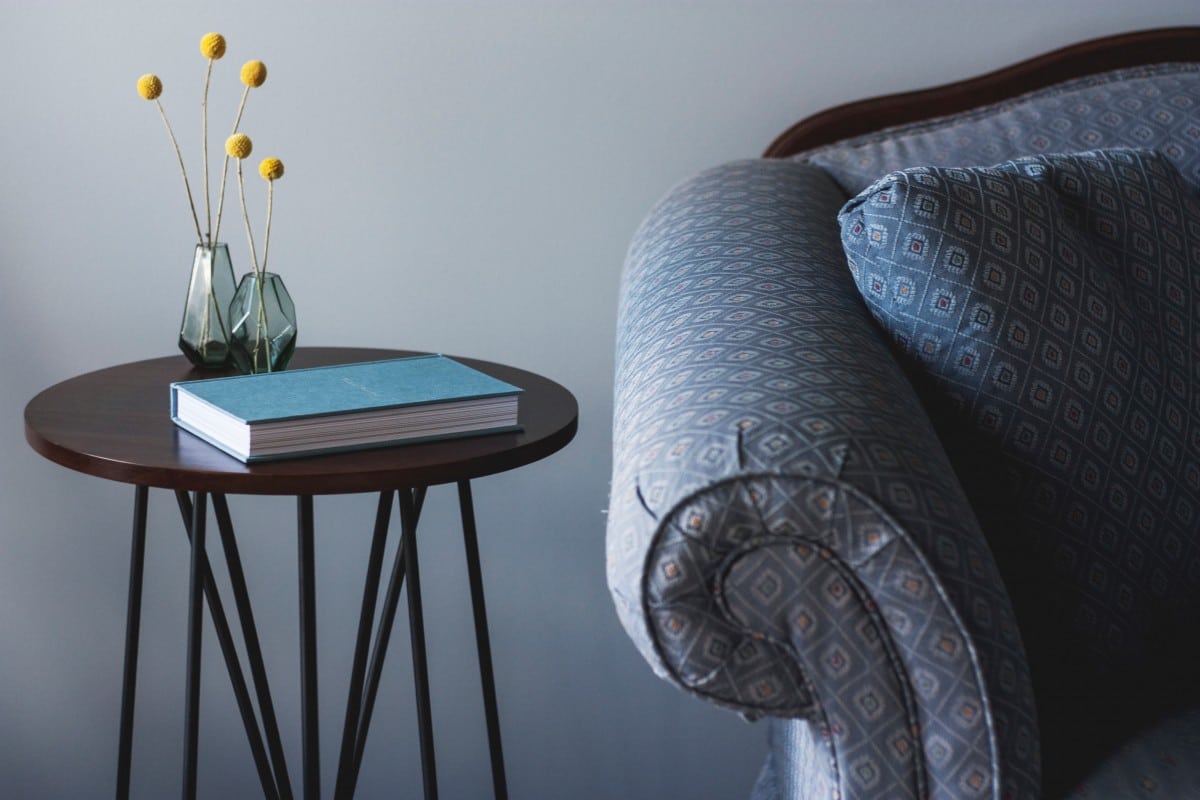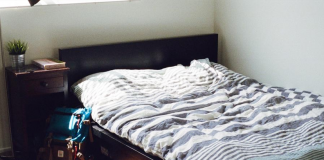The minimalism trend is taking over the UK…
It may not seem like it, but UK households are investing less and less in material possessions. In the early noughties, we spent around 26% of our money on ‘things’ like clothing, electronics, and cars, while this had fallen to only 21% by 2014, according to a study from Carbon Commentary. Instead, we are spending more on the likes of holidays, services, and other experiences.
As we’re already accumulating less stuff on the whole, there’s never been a better time to try and lead a more minimalist lifestyle. This philosophy calls for the paring down of possessions to just the essentials, in an effort to simplify your life. In theory, when your home becomes decluttered, your daily routine should follow suit, and you can focus more on the things that matter.
With this in mind, let’s take a look at three steps you can take to embrace minimalism and get your lifestyle nicely streamlined. Read on to find out more.
Start by sorting your things
To get the ball rolling, you need to identify all the belongings that you’re going to get rid of. If you have a whole house or apartment to sift through, this task is going to take quite a long time. There are two ways that you can approach the job: all at once or little by little. Which one suits you will probably depend on your lifestyle and how much time you can commit.
We have popular lifestyle blog The Minimalists to thank for developing the ‘all at once’ method, which is a radical way of ridding your home of clutter. It involves packing away all your possessions into boxes, as if you were moving home, then living out of them for a month. By only unpacking the things you need, you should be left with boxes full of leftovers that can go the journey. Just remember to leave any important paper work or heirlooms out of the process.
Alternatively, you can try the ‘little by little’ minimalism approach, which doesn’t involve making any sweeping changes to your home. Here, you sort through smaller areas until you’ve covered each room, making the whole process much more digestible. This is a good option if you have a busy lifestyle and don’t have a huge chunk of time to dedicate to the job. Though this seems like a softer option, by asking yourself whether you’ve used an item in the last six months and getting rid of any you haven’t, you can still run a tough rule over everything.
Decide what to do with the clutter
The next stage is to decide what you’re going to do with the clutter you’ve put to one side. Aim to get this organised quickly after sorting everything out, as the longer your unwanted items sit there, the more likely they are to wind up back among your essentials. Take some time to separate your clutter into three lots: items you’ll bin, items you’ll sell, and those you will give away.
First, have a look for items of value that could potentially earn you some cash if you sell them. You may be surprised at what people will buy, so it’s definitely worth trying your luck on eBay, Craiglist, Gumtree, or at a local car boot sale. For high value items like designer clothing, jewellery, or musical instruments, be sure to sell through a reputable dealer like H&T, who have in-house experts to ensure you get an accurate price.
Donating your things to a charity or someone you know is a nice way of giving your clutter a new, meaningful way of life. Use the Charity Retail Association’s charity shop finder to find a local bric-a-brac shop that is willing to take your belongings and sell them for a good cause.
The binning option is fairly self-explanatory for your leftovers, but make sure you aren’t throwing anything away that could net you some money or do some good for charity. Also, take care to recycle anything that you can.
Change how you shop
Once you’ve decluttered your life, you want it to stay that way, and the most effective method ofto accomplishing this is by addressing your shopping habits. This way, you’ll be able to cut back and save money, all while leading a minimalist lifestyle you can be proud of.
Try not to purchase anything on a whim while you are out shopping. Instead, take a moment to consider whether you really need the product in question, and whether it’s going to have any benefit. If you feel like you need to buy it, sleep on the decision for 24 hours and come back to it. You might just surprise yourself when you’re looking at the situation with fresh eyes.
Follow these three steps and you will be well on the way to creating a brand new minimalism lifestyle. Stick to it, and you may well begin to see how simple it is to live happily and contently without being a serial consumer.



